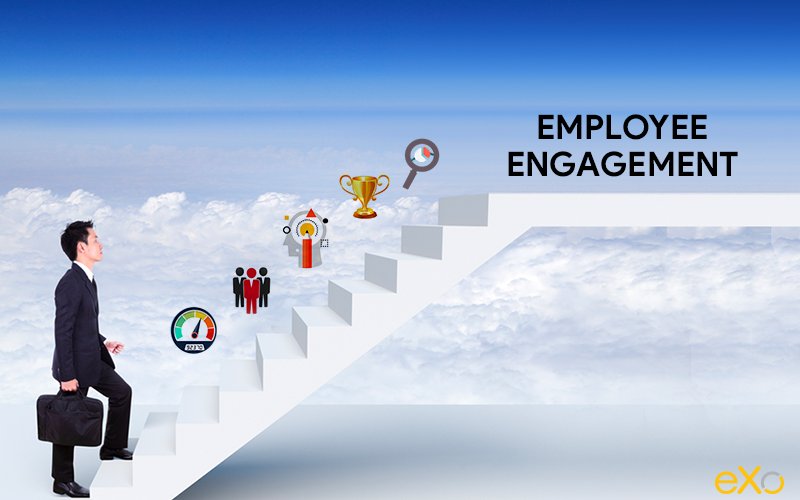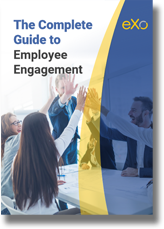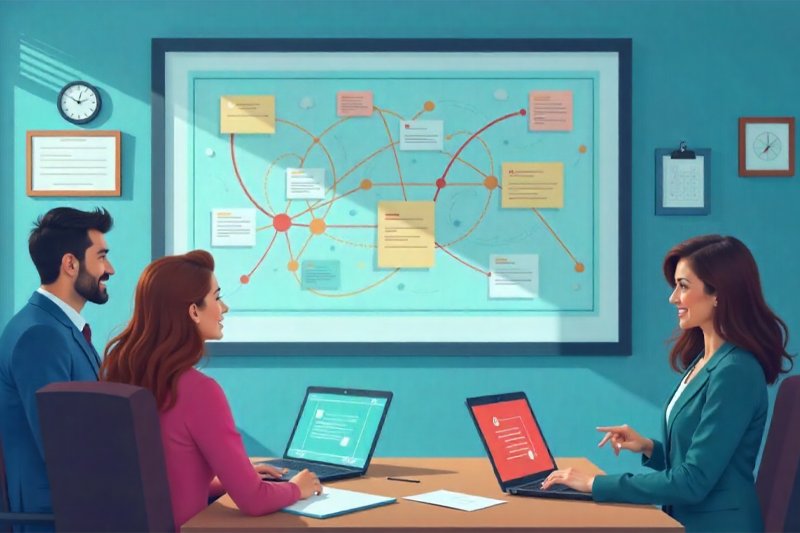
Content
1. Measure your current engagement / disengagement
2. Find your stakeholders and assemble your team

FREE WHITE PAPER
Guide to
Employee Engagement
3. Leverage your design thinking method to improve your employee experience
Put on your empathy hat
Consider the employee experience as a holistic journey
Aim for consistency
Model your employee experience with design thinking
Consider your employee as your customer. Once you know him/her and once you have mapped out his/her typical journey with your organization, define what services/solutions you, as an employer, can offer the employee, and for what cost/value. That is where ideas will emerge and flow from. For example, a small yet impactful offering like custom embroidered t-shirts can be a great way to show appreciation, reinforcing company values and team spirit
Adopt an agile approach
4. Put in place a motivation-reward loop
5. Measure your progress and repeat
discover all the features and benefits
FAQs
What is employee engagement?
It’s the willingness of an employee to help his company progress. It is a positive behavior, which manifests itself by a strong involvement in his work and by a great motivation. This allows the company to evolve both in terms of its activity and on a human level.
How to Improve Employee Engagement in the Workplace?
- Ensure a strong corporate culture
- Ensure good relationship with management
- Foster good relationships between the colleagues
- Think about employee recognition
- Express meaning for work in your organization
- Make well-being and work/life balance your priority
- Allow more flexibility and autonomy
- Invest in skills development and training
➝ Find out how to improve employee engagement in the workplace
- Tags: Employee engagement, Tips & Tricks
Related posts
- All
- eXo
- Digital workplace
- Employee engagement
- Open source
- Future of work
- Internal communication
- Collaboration
- News
- intranet
- workplace
- Knowledge management
- Employee experience
- Employee productivity
- onboarding
- Employee recognition
- Change management
- Cartoon
- Digital transformation
- Infographic
- Remote work
- Industry trends
- Product News
- Thought leadership
- Tips & Tricks
- Tutorial
- Uncategorized
Leave a Reply
( Your e-mail address will not be published)


